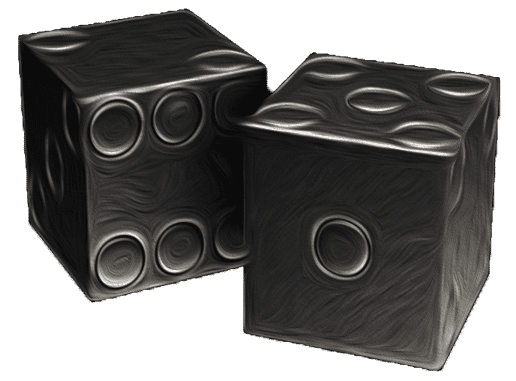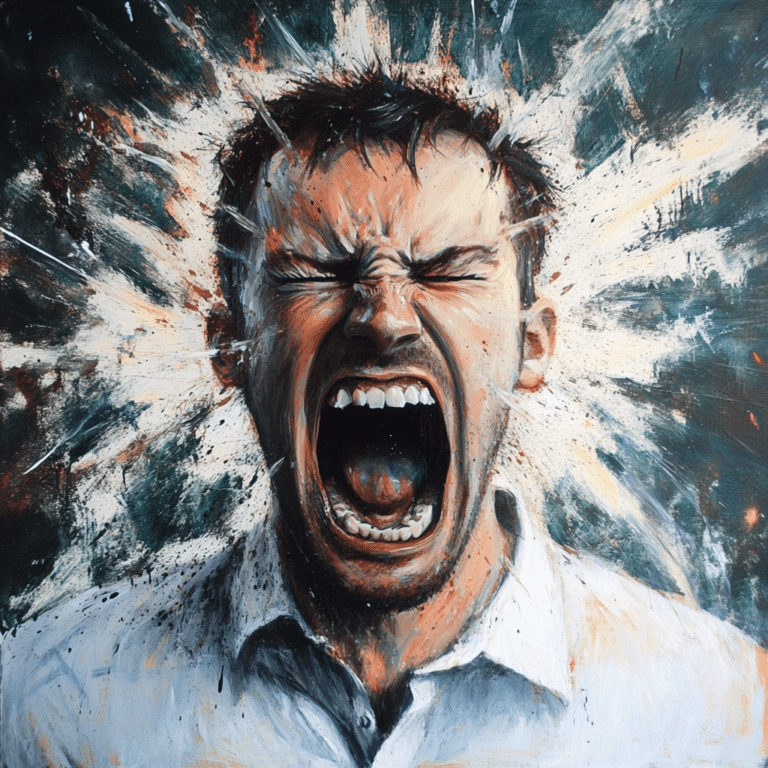Atonement isn’t just a heavy word tossed around in deep conversations or religious teachings; it’s a heart-tugging concept that can profoundly change lives. Think about it: atonement involves making amends for our wrongdoings, serving as a launchpad for growth and healing. At its core, atonement encourages us to reflect on our actions, inviting us to confront our past choices. It’s woven deeply into the fabric of our modern storytelling, especially in literature and film. Ian McEwan’s Atonement offers a powerful exploration of guilt, forgiveness, and redemption, showcasing how atonement shapes our lives, both individually and collectively. So, let’s dive in, shall we?
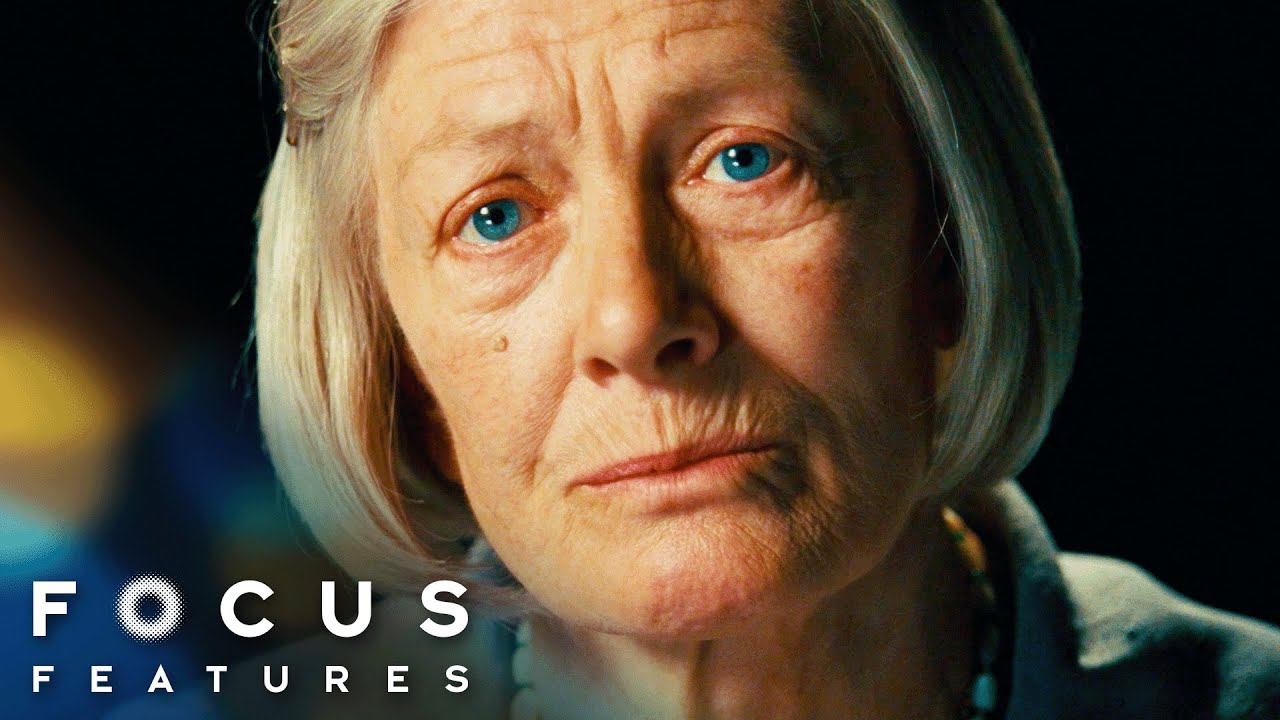
1. The Nature of Atonement: Understanding Its Core Principles
Atonement is like a balm for the soul, designed to heal wounds and mend relationships. It encourages forgiveness—not just of others, but of ourselves. Through atonement, we acknowledge the weight of our actions and seek ways to make things right, which can be a heavy but necessary endeavor.
On a broader scale, the concept of atonement travels through various cultures and philosophies, revealing nuances in how people understand and implement it. It invites us to engage in self-reflection, promoting moral accountability. By examining its implications in literature and film, we can uncover its transformative potency in our lives.
Films such as Ian McEwan’s Atonement delve deep into these themes. They paint a vivid picture of how we confront guilt and seek redemption. When we embrace the spirit of atonement, we open doors to healing not only for ourselves but for those we’ve affected. It’s a powerful journey, often rife with emotional ups and downs, that highlights the beautiful messiness of being human.
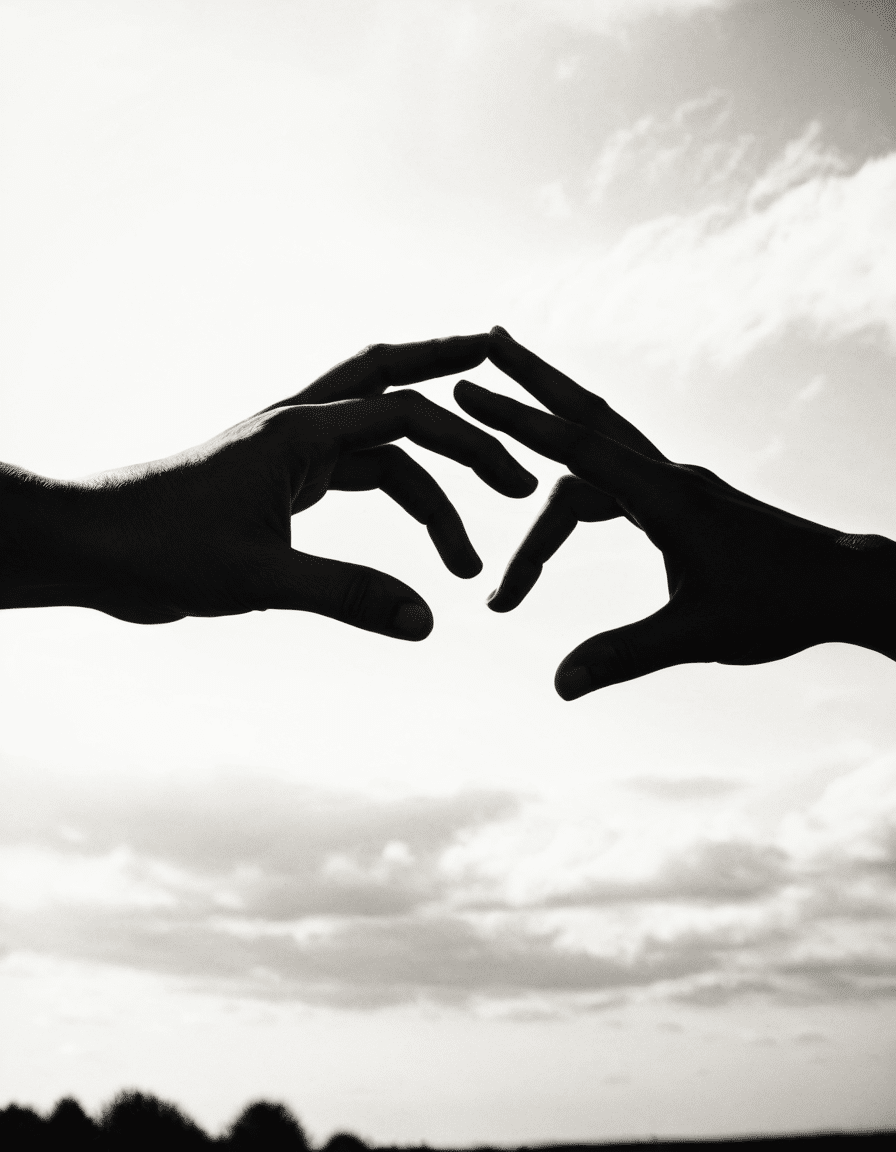
2. Top 5 Transformative Stories of Atonement in Film
Movies have a special way of portraying the human experience, and atonement is a theme that resonates deeply. Here are five powerful examples of atonement on screen that will get your heartstrings tugging:
1. Atonement (2007)
This film, based on Ian McEwan’s poignant novel, encapsulates the turmoil of personal guilt that leads to far-reaching consequences. Briony Tallis grapples with her past mistakes, showcasing how atonement can fundamentally alter one’s path and relationships.
2. Dead Man Walking (1995)
An emotionally charged film featuring Susan Sarandon, this masterpiece can knock the wind outta you. A death row inmate’s journey intertwines with themes of redemption, illustrating how atonement impacts not just the sinner but also the families of victims. A powerful reminder that forgiveness is a complex web we often find ourselves tangled in.
3. The Kite Runner (2007)
Adapted from Khaled Hosseini’s bestselling novel, this film teaches us about confronting our past transgressions. Amir’s return to Afghanistan in search of redemption epitomizes how atonement fosters healing amidst a tapestry of guilt and loss. Weighing both personal and collective suffering, it’s a visual spectacle that drives home the weight of our actions.
4. The Pursuit of Happyness (2006)
While it might not scream “atonement,” Chris Gardner’s fight against homelessness and his dedication to his son reveal a narrative dripping with redemption. His resilience and determination to create a better life showcase how atonement can manifest through love and commitment to those we hold dear.
5. Good Will Hunting (1997)
In this iconic film, Will’s journey of self-discovery entwines with atonement woven through therapy. His path to acceptance and healing underlines the importance of confronting one’s past. Cliché as it sounds, it beautifully illustrates that understanding ourselves helps us mend our relationships.
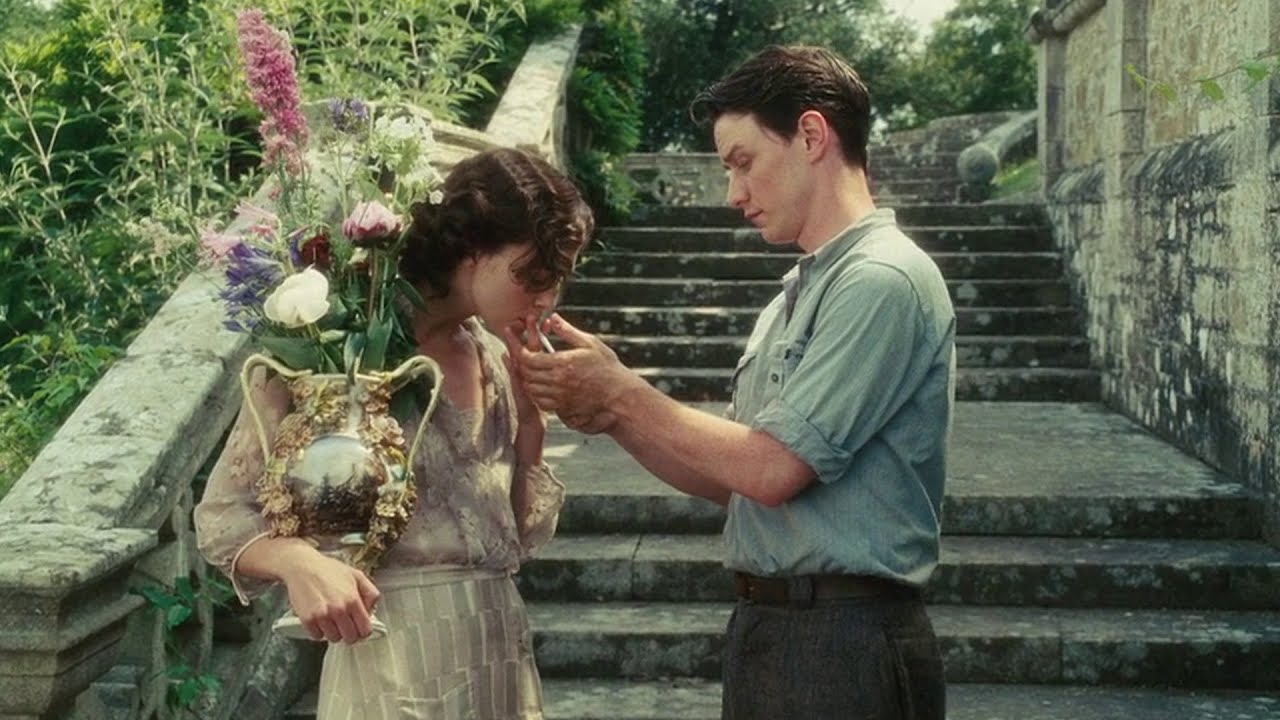
3. The Psychological Dimensions of Atonement: Healing Through Self-Reflection
Atonement doesn’t just involve a series of actions; it’s essential for mental health. Research supports the idea that engaging in atonement rituals can ease feelings of guilt and shame. A 2021 study published in Psychological Science revealed that folks who actively sought atonement for past mistakes reported lower levels of anxiety and depression. That’s right—atonement can be a therapy session for the soul!
When we reflect on our actions, we begin the process of healing. It’s like clearing out a cluttered closet; once you acknowledge what needs to go, the space becomes lighter. People navigating loss often find themselves wrestling with unresolved issues connected to those they’ve lost. Acknowledging this weight helps uncover paths for healing.
Understanding the psychological side of atonement not only empowers us to move forward but encourages communal grieving as well. When we share our burdens, we see we’re not alone in this tumultuous journey.

4. Atonement and Bereavement: The Interconnection of Healing Sources
The connections between atonement and bereavement often emerge in the wake of tragedy, painting a complicated but meaningful picture. Individuals coping with loss frequently reflect on unresolved feelings about the deceased or their own past actions. Conversations around atonement can open crucial dialogues about regrets and forgiveness, ultimately facilitating the grieving process.
Grief-support groups often highlight discussions on atonement, allowing individuals to express remorse or seek forgiveness. Such interactions cultivate not just personal healing but a sense of community. Everybody’s journey of loss is unique, but the need for connection and understanding rings true for us all.
This connection emphasizes that healing isn’t a solo journey; it thrives in community. When we bear witness to one another’s struggles, we create a support system that fosters growth and understanding, navigating the intricate pathways of grief together.

5. Strategies for Practicing Atonement in Everyday Life
Feeling inspired to incorporate atonement into your daily routine? Good idea! Here are some practical strategies to consider:
1. Write Letters of Apology
Whether you send them or keep them to yourself, writing letters to those you’ve wronged can unleash a wave of cathartic expression. It’s like giving your feelings a cozy little home.
2. Volunteer
Giving back can symbolize your commitment to positive change. Finding ways to engage with your community can represent atonement, especially surrounding personal loss. It feels good to be a beacon of hope for others!
3. Therapeutic Dialogue
Talk it out! Open conversations with trusted friends, family, or therapists can help address unresolved feelings about your past actions. It’s a simple yet powerful step toward healing.
4. Ritual Practices
Incorporating meaningful rituals, like lighting candles or honoring significant anniversaries, can provide space for reflection and forgiveness. These small acts can bring comfort during times of grief.
5. Continuous Learning
Delve into literature or seminars focused on atonement, grief, and forgiveness. The more you learn, the more you grow, enhancing empathy and understanding along the way.
So there you have it—atonement doesn’t just reshape individual lives. This powerful process invites us to reassess our shared humanity and the bonds we forge with one another. It enriches our emotional landscape, allowing personal growth, healing, and the possibility of deeper connections. Navigating this multi-faceted journey of guilt and bereavement ultimately drives us toward understanding and solace. Now, that’s something worth striving for!
For those curious about further transformative stories, dive into the latest movie buzz in Movies in Theaters, and keep your eye out for gems of insight from stars like Richard Thomas along the way.
Atonement: Trivia and Interesting Insights
The Significance of Atonement in Personal Narratives
Atonement isn’t just a theme explored in literature and film; it’s a universal human experience that often leads us on a transformative journey. For instance, many people refer to powerful lyrics in music that delve into themes of redemption, just as Damian Marley does in his impactful songs. The quest for forgiveness can change lives, shifting perspectives and even altering one’s life’s direction. This is particularly relatable in roles that explore deep emotional undercurrents, such as characters confronting their past mistakes, eliciting an apprehensive yet hopeful introspection.
Atonement’s Reflection in Everyday Life
Interestingly, atonement can also manifest in daily activities. Consider how DIY projects, like building a Diy bunny hutch, offer a chance for reflection and ownership of one’s actions, such as caring for a beloved pet. Similarly, atonement is often an aspect of personal growth tied to the concept of abstinence definition; understanding restraint and its benefits can lead to greater self-awareness and improved relationships. People are continuously on the lookout for their version of atonement, which can resemble the renewed Netflix plans for 2025, indicating fresh starts and new beginnings.
Artistic Expressions of Atonement
In creativity, atonement often shapes storytelling timelines. Just as in films that tragically explore broken relationships, there’s always that moment when a character realizes, I Got one more in me. This provides an emotionally charged turning point, keeping viewers riveted. These media breadcrumbs remind us all how prone we are to missteps but also highlight the human spirit’s resilience. The power of atonement reverberates through our actions and choices, leaving a lasting imprint on our lives and the narratives we create around them. As we watch stories unfold, we think about the ramifications of our choices—much like we ponder the ups and downs of personal history.

